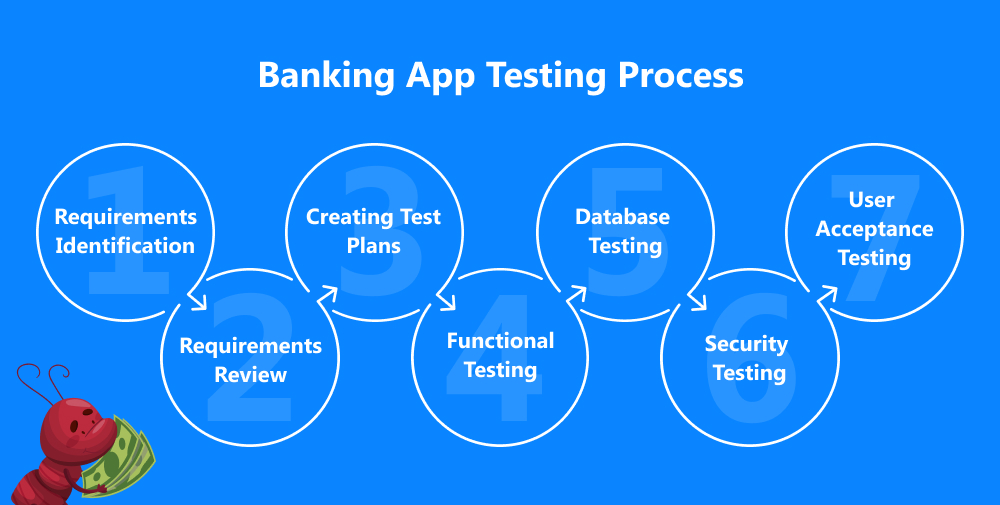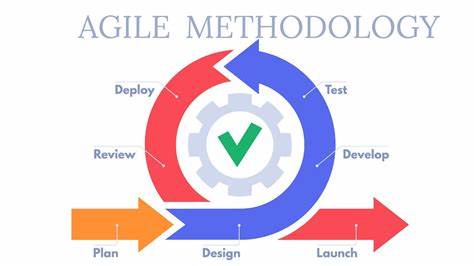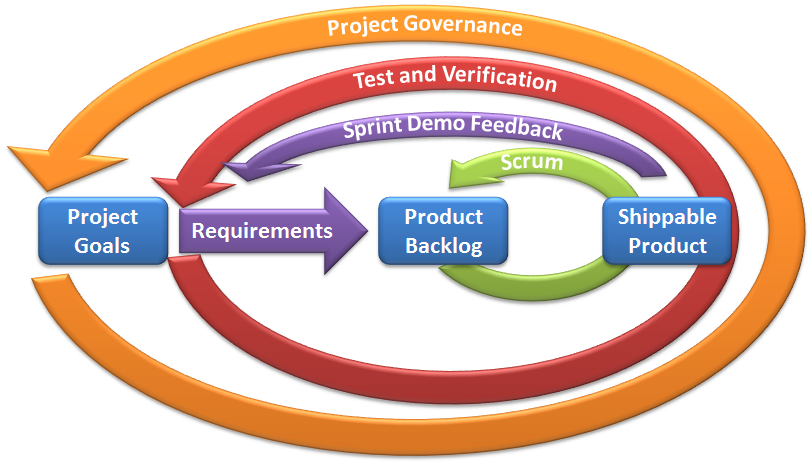What is Web Application Testing?
Web application testing is the process of assessing the functionality, usability, security, and performance of a web application to ensure its quality and reliability. It involves systematically examining the various components and features of a web application to identify any defects, vulnerabilities, or inconsistencies that may impact its performance or compromise its security. The primary … Read more







